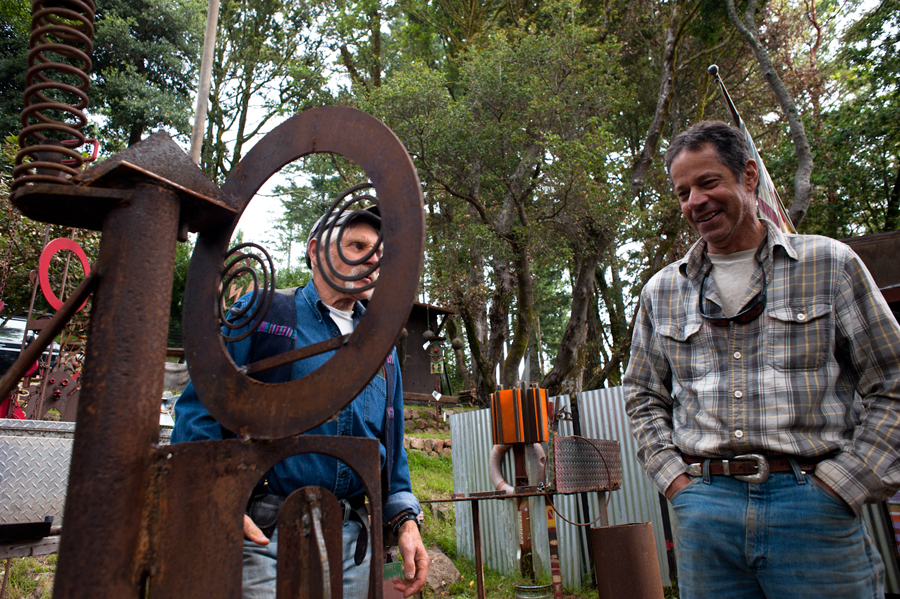With the exception of the tomatoes, the ingredients in metalworker Victor Stangenberg’s salads are grown in his multi-tiered hillside garden at the . . .
More than a lot of steel


With the exception of the tomatoes, the ingredients in metalworker Victor Stangenberg’s salads are grown in his multi-tiered hillside garden at the . . .